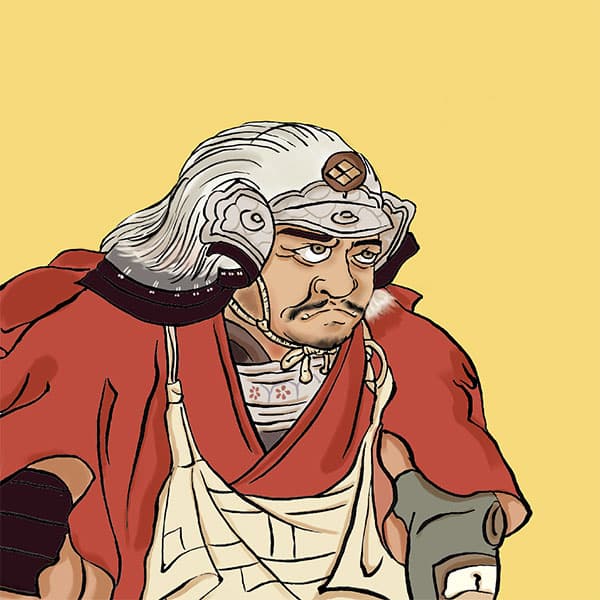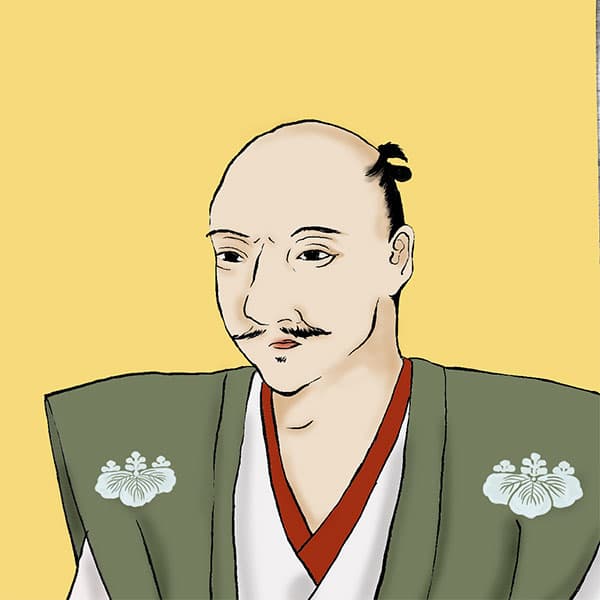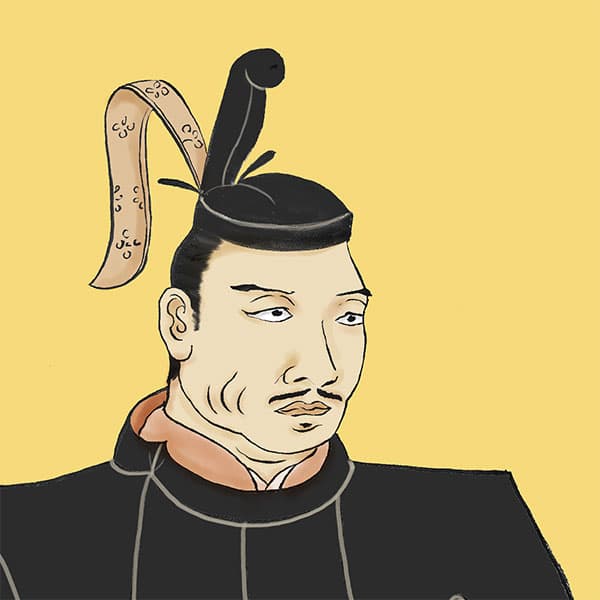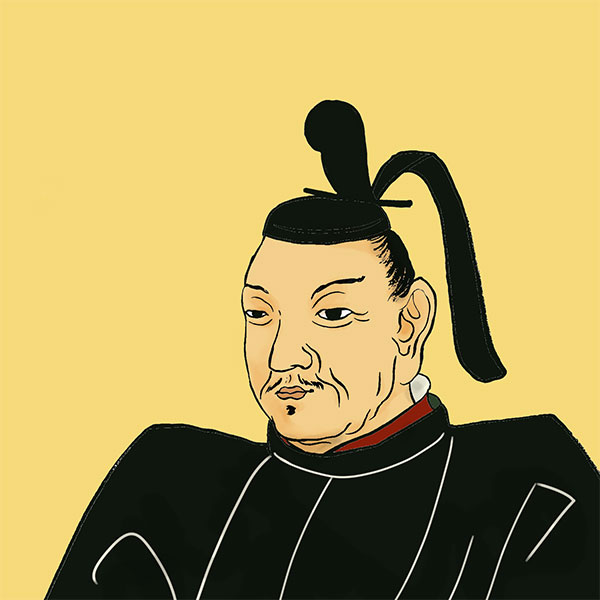Tensho Migo War (1/2)Tokugawa vs Uesugi vs Hojo! The conflict immediately after the Honnoji Incident
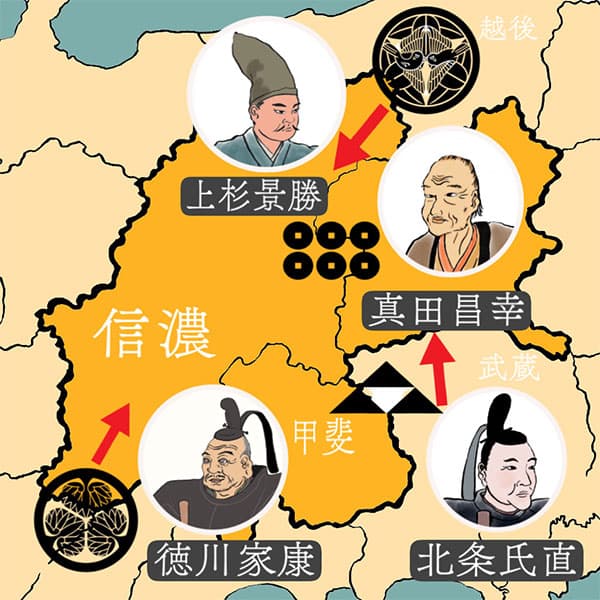
Tensho Migo Rebellion
- Article category
- case file
- Incident name
- Tensho Migo War (1582)
- place
- Nagano Prefecture
- Related castles

Matsumoto Castle
National treasure tower
Ueda Castle

Numata Castle
In June 1582, the Tensho Migo War took advantage of the confusion that followed Nobunaga's defeat in the Honnoji Incident. While the Tokugawa family, Uesugi family, and Hojo family were fighting over the former Takeda territory ruled by Nobunaga, the Sanada family and other Kokujinshu, who were vassals to Nobunaga in the former Takeda territory, also defended their own territory. I'll be participating for the sake of it. It's a difficult battle to understand because several battles have occurred over a wide area, and the intentions of each military commander are mixed, but this time I'll explain it in chronological order as much as possible.
What is the Tensho Migo Rebellion?
The Tensho Migo War is a general term for the battles fought between June and October of 1582 between the Tokugawa, Uesugi, and Hojo clans over the former Takeda territory (Kai Province, Shinano Province, and Ueno Province). . These correspond to current Yamanashi, Nagano, and Gunma prefectures, respectively. Wars are taking place in various places, mainly in the three countries, and many of the warlords who appear are famous.
Of the three families, the Tokugawa family was fought by Ieyasu Tokugawa, the Uesugi family was fought by Kagekatsu Uesugi, and the Hojo family was fought by Ujimasa Hojo and his son Ujinao. During the war, in order to protect his territory and expand his power, Masayuki Sanada, the father of Sanada Yukimura (Nobushige Sanada), changed lords one after another from the Uesugi family to the Hojo family to the Tokugawa family. is.
The Tensho Migo Rebellion is a little difficult to understand because battles took place in various countries around the same time. First, let's have a general understanding of the movements of each house.
- Taking advantage of the confusion after Oda Nobunaga's death, the people of the former Takeda territory staged an uprising and expelled the Oda family vassals.
- The Hojo family captured Ueno Province.
- The Uesugi family and the Hojo family fought over Shinano Province, but peace was concluded with the Uesugi family securing the four districts in northern Shinano.
- The Hojo family and the Tokugawa family fought over Shinano Province and Kai Province, and peace was concluded with the Tokugawa family gaining two kingdoms.
As you can see, the Tokugawa family ended up greatly expanding its influence in the former Takeda territory. So why did this happen? Let's take a closer look.
Former Takeda territory after the fall of the Takeda family
In March 1582, the Takeda family was destroyed by Oda Nobunaga's conquest of Koshu. After that, Nobunaga divided and ruled the former Takeda territory among his subordinates. The main classifications are as follows.
- [Shinano Province]
- The four districts of Kawanakajima (Takai, Mizuuchi, Sarashina, and Hanishina districts) are covered by Mori Nagayoshi.
Kazumasu Takigawa for Ogata District and Saku District
Kiso District (Honryo Anto), Azumi District, and Chikuma District under Kiso Yoshimasa
Hidetaka Kawajiri in Shinano Suwa District
Mouri Nagahide in Ina District - [Ueno country]
- Kazumasu Takigawa
- [Kai Province]
- Hidetaka Kawajiri (other than Kawachi territory of Anayama Baisetsu)
- [Suruga country]
- Tokugawa Ieyasu
Kazumasu Takigawa and Hidetaka Kawajiri, whose names appear twice, have acquired adjacent territories across the country.
By the way, at this time, the Sanada family was given a portion of their former territory and came under Kazumasu Takigawa.
Originally, Ujimasa Hojo, who had dispatched troops in cooperation with Nobunaga in the Koshu conquest, should also have been given territory, but in the end he received nothing and became dissatisfied.
The ``Honnoji Incident'' occurs, and Oda family vassals are expelled from the former Takeda territory.
On June 2, Tensho 10, three months after the end of the Koshu conquest, Oda Nobunaga was killed in the Honnoji Incident, and within a few days, the news spread to the surrounding area, and the Oda family vassals who ruled the former Takeda territory We were thrown into chaos. There was no way they could completely control the territory they had just begun to rule, and there was a possibility that the people would rebel. Furthermore, surrounding the former Takeda territory are Echigo Province (Niigata Prefecture), ruled by the Uesugi clan, and Sagami Province (Kanagawa Prefecture), ruled by the Hojo clan, and they may take advantage of the confusion and attack. The former Takeda territory was in a state of ``internal trouble and external trouble'' with many problems both internally and externally.
As the Oda family vassals feared, the people of each country began to take action after receiving the news of the Honnoji Incident. On June 12, Nobuyoshi Fujita, the lord of Numasu Castle who was a subordinate of Kazumasu Takigawa in Ueno Province, defected and attacked Numata Castle, where Kazumasu's nephew Masushige Takigawa was located. Thanks to Kazumasu's reinforcements, Numata Castle was able to hold out, and Shinyoshi defected to the Uesugi family.
By the way, what was happening to the other Oda family vassals who ruled the former Takeda territory around this time? They retreated in the wake of a revolt by the former Takeda family vassals. Mori Nagayoshi, who was invading Echigo at the time, withdrew from Echigo as soon as he learned of the Honnoji Incident. Afterwards, he fled from the former Takeda territory and returned to Mino because there were many traitors among his subordinates and a rebellion broke out.
Mouri Nagahide was also chased away by the uprising and returned to Owari. On the other hand, Hidetaka Kawajiri tried to escape from the former Takeda territory in the wake of the Kai Province uprising, but was killed by the uprising on June 18th.
[Ueno Province] Kazumasu Takigawa vs Hojo family
Let's return to Kazumasu Takigawa. On June 11, Kazumasu Takigawa informed Ujimasa Hojo, who learned of the Honnoji Incident, that he would continue to pledge allegiance to the Oda family. At the time, the Hojo family was in an alliance with the Oda family, so this was a natural thing to do, but before Ujimasa could get enough of his words, he and Ujinao immediately dispatched troops against Kazumasu. The ``Battle of Kannagawa'' will take place from June 16th to 19th.
In this battle, which occurred near the border between Ueno Province and Musashi Province, the Takigawa army had 18,000 troops, while the Hojo army had 50,000, giving the Hojo army an overwhelming advantage in numbers. As a result, Takigawa's army defeated the Hojo army in the first battle on June 18th, but due to the difference in military strength and lack of cooperation from the local people, they were defeated by the Hojo army the following day on the 19th. It will be damaged.
Kazumasu desperately tried to escape and retreated to Umahashi Castle via Kuragano Castle. After moving to Minowa Castle and having a farewell party with the local people, we will pass through Usui Pass and arrive at Komoro Castle. At this time, Numata Castle was returned to Masayuki Sanada, a subordinate of Kazumasu. Afterwards, they passed through Kiso Valley and entered Kiyosu Castle, before returning to Nagashima Castle in Ise in July.
The Kiyosu Conference is being held at Kiyosu Castle on June 27th to choose the successor of the Oda family. Kazumasu, who was also known as the ``Oda Four Heavenly Kings'' and who at one time boasted more power than Toyotomi Hideyoshi, was originally supposed to attend the conference, but was unable to make it in time due to the war against Hojo. After this, Kazumasu's power will rapidly decline.
Kagekatsu Uesugi goes to Kitashinano
Meanwhile, Uesugi Kagekatsu learned of the incident at Honnoji Temple in mid-June and set out to capture Kawanakajima in northern Shinano. Immediately before the Honnoji Incident, the city was in a critical situation as it was attacked by the Oda army led by Katsuie Shibata (Battle of Uozu Castle). This was due to a dispute over a reward with Shigeie Niideda, who had sided with Uesugi Kenshin during the ``Odate Rebellion'' in which he fought for his successor, and Shigeie defected through connection with Oda Nobunaga. It's a battle that happened. As a result of the battle, Uozu Castle fell, and Katsuie, along with Nagayoshi Mori and Kazumasu Takigawa, marched to Kasugayama Castle, but upon hearing the news of the Honnoji Incident, they retreated.
There is a continuation of the article on the Tensho Migo Rebellion.

- WriterNaoko Kurimoto(Writer)I am a former travel industry magazine reporter. I have loved history, both Japanese and world history, since I was a child. I usually enjoy visiting temples and shrines, especially shrines, and often do ``pilgrimages to sacred places'' themed around historical figures. My favorite military commander is Ishida Mitsunari, my favorite castle is Kumamoto Castle, and my favorite castle ruins is Hagi Castle. My heart flutters when I see the ruins of battle castles and the stone walls of castle ruins.





